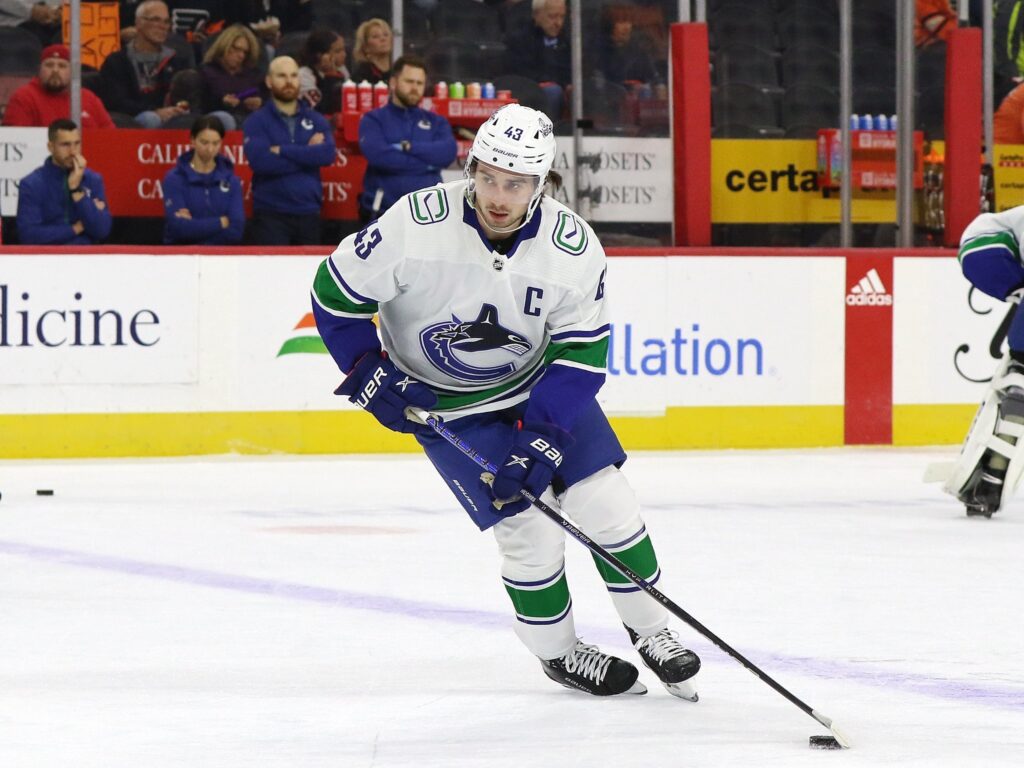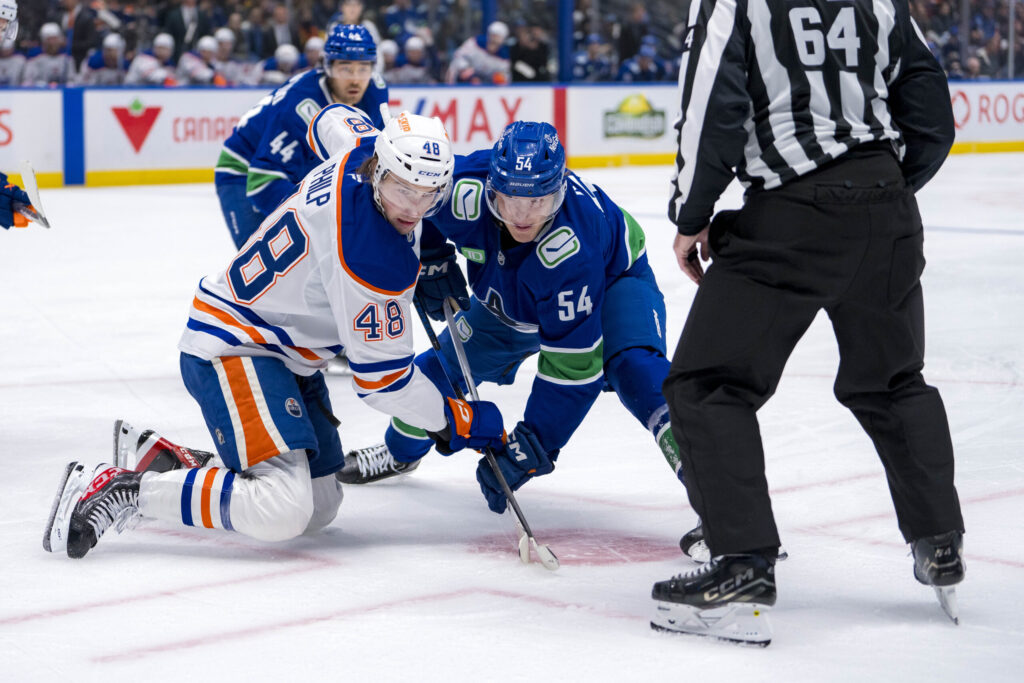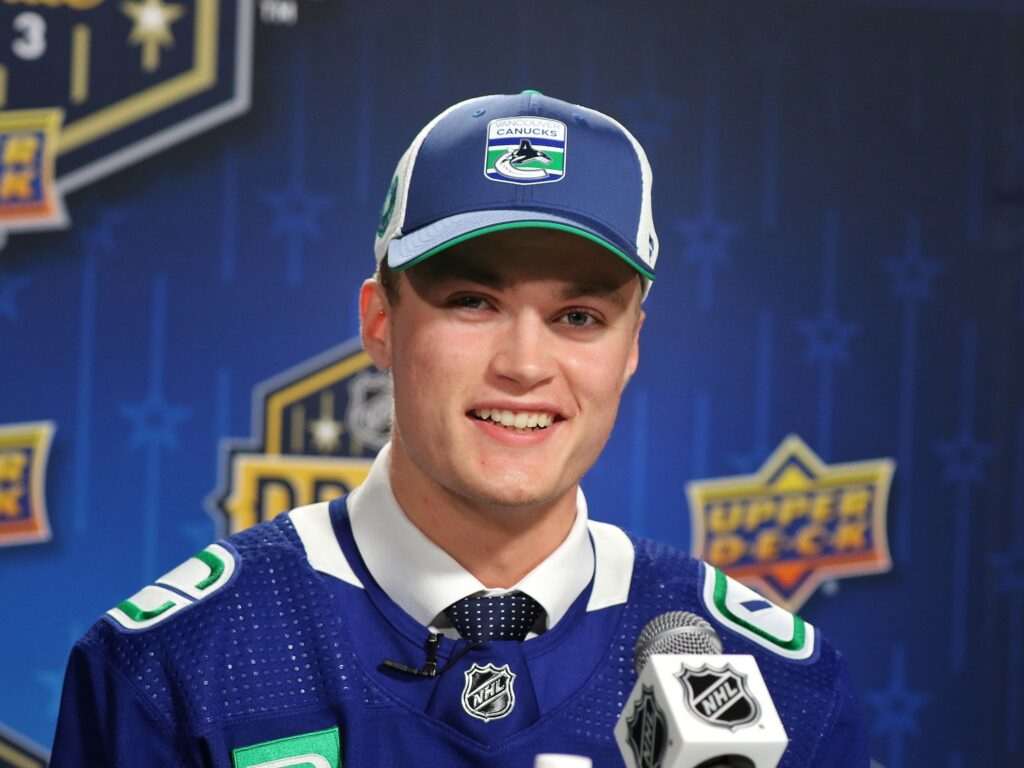The familiar sounds of skates carving ice and pucks hitting boards are back in Penticton, a welcome chorus for a Vancouver Canucks organization facing a pivotal season. As training camp kicks off, the air is thick with a mixture of hope and apprehension. After a thoroughly mediocre 2024-25 campaign that saw them on the outside looking in come playoff time, the pressure is on. This isn’t just about bouncing back; it’s about defining the team’s trajectory for the foreseeable future.
President of Hockey Operations Jim Rutherford set the tone with a statement dripping in cautious optimism. If “everything goes right,” he believes this group can make the playoffs. That “if” is doing some heavy lifting. The path back to contention is littered with significant questions, from the coach’s new system to the health of key players and the looming contract status of the franchise’s cornerstone. Penticton is where the first answers will begin to surface.
Also on the EDGE – High Stakes and New Faces at the Canucks 2025-26 Training Camp
The Hughes Dilemma Looms Large
Before a single meaningful game is played, the biggest story in Vancouver hangs over the franchise like a coastal fog: the future of captain Quinn Hughes. With two years remaining on his current deal before he can test the waters of unrestricted free agency, the clock is ticking loudly. The prime window to sign him to an extension opens next summer, and every win or loss between now and then will be viewed through the prism of its potential impact on his decision.

Rutherford himself acknowledged the precariousness of the situation, admitting that Hughes could ultimately decide to play elsewhere for reasons entirely outside of the team’s control, such as geographical preference. This reality has created what the President of Hockey Ops calls a “juggling act” for the front office. How aggressive can they be in trading future assets, like high draft picks, to improve the team now when their captain’s long-term commitment is not yet secured? Trading a first-round pick for immediate help feels a lot different if you’re confident Hughes will be anchoring the blue line for the next eight years. If not, you risk mortgaging the future for a short-term push with a star who may already have one foot out the door. Every move Patrik Allvin makes this season will be scrutinized against this complex and crucial backdrop.
A New Voice, A New “Contract”
One of the most significant changes from last season is the man behind the bench. With Rick Tocchet’s departure, Adam Foote has taken the reins as head coach, and he wasted no time in attempting to establish a new culture. Foote held an offseason summit with the team’s leadership triumvirate—Hughes, Elias Pettersson, and Thatcher Demko—to forge what he calls a “contract together.” The goal was to establish a collective agreement on the team’s identity, work ethic, and operational standards.
According to Rutherford, the players have fully bought into the new vision and arrived at camp exceptionally well-prepared. Foote’s philosophy is less about a rigid, one-size-fits-all system and more about tactical flexibility. He wants his team to be chameleons, capable of adapting their style of play to make their specific opponents uncomfortable on any given night. It’s an intriguing concept that demands a high level of hockey IQ from the roster. While buy-in during September is one thing, the true test of this new “contract” will come during the inevitable losing streaks and high-pressure moments of a long NHL season.
Hollow in the Middle?
If there is one glaring weakness on the Canucks’ depth chart, it’s down the middle. Management entered the offseason with the explicit goal of bolstering their centre depth, a task that proved more difficult than anticipated. GM Patrik Allvin lamented that the asking prices for available centres on the trade market were “sky high,” leaving the team largely empty-handed.
The problem was exacerbated by the departures of versatile forward Pius Suter in free agency and the trade of Dakota Joshua. This leaves a significant void, particularly in the third-line centre role. While Teddy Blueger is a reliable veteran option, the organization is hoping that Aatu Raty is ready to make the leap. After several impressive seasons in the AHL, Raty is a strong candidate to seize the job, but transitioning to a full-time NHL role is never a guarantee. The lack of proven depth at this critical position is a major concern and could be the team’s Achilles’ heel throughout the season.

High-Stakes Health Watch
For the Canucks, two of their most important players enter camp with health as a central storyline, albeit for very different reasons. In goal, the news is overwhelmingly positive. Thatcher Demko, whose past seasons have been hampered by injuries, arrives at camp fully healthy. He and offseason addition Kevin Lankinen form what many analysts consider one of the league’s most formidable goaltending tandems. A healthy Demko is a game-changer, capable of stealing points and providing the backbone a bubble team desperately needs.
The situation with centre Filip Chytil is far more tenuous. Acquired to help solve the aforementioned depth issue, Chytil is coming off a season cut short by a significant head injury. While the player and team have clarified the injury was more akin to whiplash than a traditional concussion, his well-documented history of concussions remains a major concern. Chytil insists he has been 100% healthy since May and is eager to prove his durability. He was spotted on a line with the newly acquired, and notoriously rugged, Evander Kane on day one—a partnership that will be fascinating to watch. Chytil’s health is perhaps the biggest wild card for the Canucks; if he can stay in the lineup and be effective, he helps solve the team’s biggest problem. If not, the hole in the middle only gets deeper.
Redemption, Rebounds, and Roster Battles
Beyond the big-picture narratives, training camp is about competition, and several key battles are shaping up. All eyes will be on Elias Pettersson, who management candidly noted did not put in the necessary work a year ago. The message seems to have been received, as reports indicate he had a monster summer of training. He was reunited with Jake DeBrusk and Brock Boeser on day one, a clear signal that the team is counting on him to return to his elite form and drive the offence.
The competition for the final roster spots will be fierce, especially in the bottom six. The departures of Suter and Joshua have opened the door for a host of players, including free agent signing Vitali Kravtsov, and returning prospects Linus Karlsson, Arshdeep Bains, and Max Sasson. Even rookie Braeden Cootes is getting a look.
On the blue line, the defence corps is considered much improved from a year ago. Top prospect Tom Willander, the team’s 2023 first-round pick, is at his first camp and brings a tantalizing skillset. He is mobile and effective at both ends of the rink, but the consensus is that it would take a truly dominant performance for him to crack the opening night roster. A more likely contender for a depth role is Pierre-Olivier Joseph, a free-agent signing who will compete for a spot on the third pairing or as the seventh defenceman.

As the team navigates the drills and prepares for the preseason grind, a few players are starting on the sidelines. Defenceman Jett Woo is out “month-to-month,” while forwards Ty Mueller and Anri Ravinskis are missing camp but are reportedly close to returning.
The stage is set in Penticton. This is a team with a potentially elite core in Hughes, Pettersson, and a healthy Demko, but it’s also a team with profound and undeniable flaws. The coming weeks will begin to tell us if Adam Foote’s new system can mask the deficiencies, if the gamble on Filip Chytil’s health will pay off, and if the internal competition can forge a roster deep enough to survive the 82-game war of attrition. For Jim Rutherford’s cautious optimism to become a reality, a lot of things have to go right. The process of finding out if they can starts now.
Created with the aid of Gemini AI
